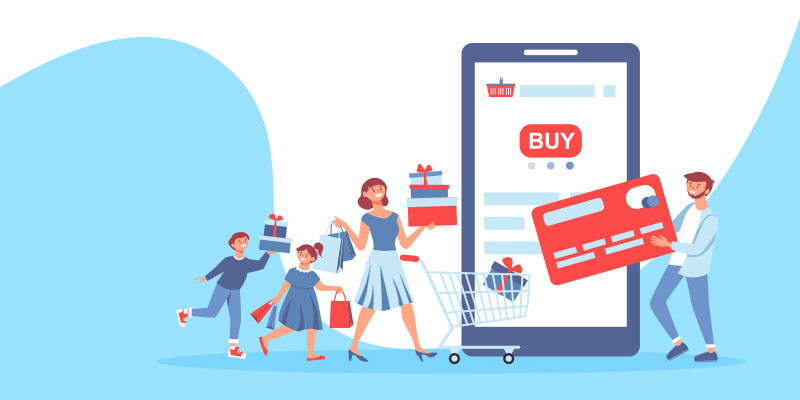Fashion And Beauty Brands Embracing Diversity In Their Marketing Designs

Feature Image Source: iStock/DenisIllin
You know, I always wondered ‘why’ everyone wants to be fair, or perfect for that matter. I’ve seen girls pat their face with layers of foundation to hide what they call imperfections. This practice isn’t intrinsic. It is a result of daft ‘standards’ implanted in our minds and it’s time to change this philosophy.
The Underlying Truth
Growing up, I watched beauty adverts that always say ‘white’ is the skin color to aim for. After all, everyone from an employer to a mother-in-law prefers it because people demand a milky-white face. Moreover, the local fashion magazine where I worked as a graphic designer instructed all photo editors to airbrush the dark-colored models white. Ridiculous right?
Well, this is the bitter truth. And tell you what, it is not just the color that has become a custom but body perfection is also one. It is why we’re bound to ‘photoshop’ images to ‘retouch’ elements like flabs, freckles, wrinkles, and bruises etc. Although this naïve practice is still happening, some well-informed fashion and beauty brands are now thinking different: they’re welcoming diversity.
Types Of Diversity In Fashion And Beauty Industry
When we steer our attention towards the fashion and beauty brands, the most prominent issues pivotal to the ‘age of embracing diversity’ include:
– Gender
According to UNESCO’s Gender Mainstreaming Implementation Framework “The concept of gender also includes the expectations held about the characteristics, aptitudes and likely behaviors of both women and men (femininity and masculinity).”
As far as females are concerned, western feminists have continually criticized advertisers of portraying women in problematic an unacceptable ways.
But it is important to realize that the horizon of gender has widened. It is not limited to a male and female but also focuses on other forms such as a transgender or agender, for example. With the help of social media, different genders have started to gain limelight and acknowledgement; but then we can’t ignore the trolls who have a negative opinion about literally everything.
– Age
The concentration on millennials over the few years is deviating brands from targeting other generations that play a key role in business growth. It’s important to not run after ‘what’s in’, and concentrate on the target audience that best defines your brand and helps it go grow.
Baby Boomers account for 47% of UK’s consumer spending, and while I mention this stat I’d like to point that this cohort is in fact pretty diverse itself. In her article Businesses Are Losing £27bn Per Year By Targeting Millennials At The Expense Of Baby Boomers on iNews, journalist Katie Grant collected interesting insights that suggest how businesses have been making a mistake by only targeting generation Y.
Considering that fashion is not only for one stage of life, brands need to start considering all the different generations in their marketing.
– Body Type
In a 2004 study, The Real Truth about Beauty, by personal care brand Dove, most women participants believed that unrealistic beauty standards exist in the society that focus on a few physical attributes; while they consider aspects like kindness and confidence a part of being beautiful as well. Additionally, they felt that “beauty should be inclusive of a greater variety of physical types” (like ectomorph, endomorph or mesomorph) as reported in Beyond Stereotypes: Rebuilding the Foundation of Beauty Beliefs.
Unfortunately beauty is directly associated with desirability, and this idealistic belief is created through advertising and marketing visuals. In Provocateur: Images of Women and Minorities in Advertising (1999), Anthony J. Cortese shared the unpleasant practice that advertisers are notorious for presenting “the exemplary female prototype” in their campaigns and guess what they’re pretty successful at a) making women conscious, and b) making women defensive.
So how are a few fashion and beauty brands changing people’s mindset?
Let’s dig in.
Brands Embracing Diversity In Marketing
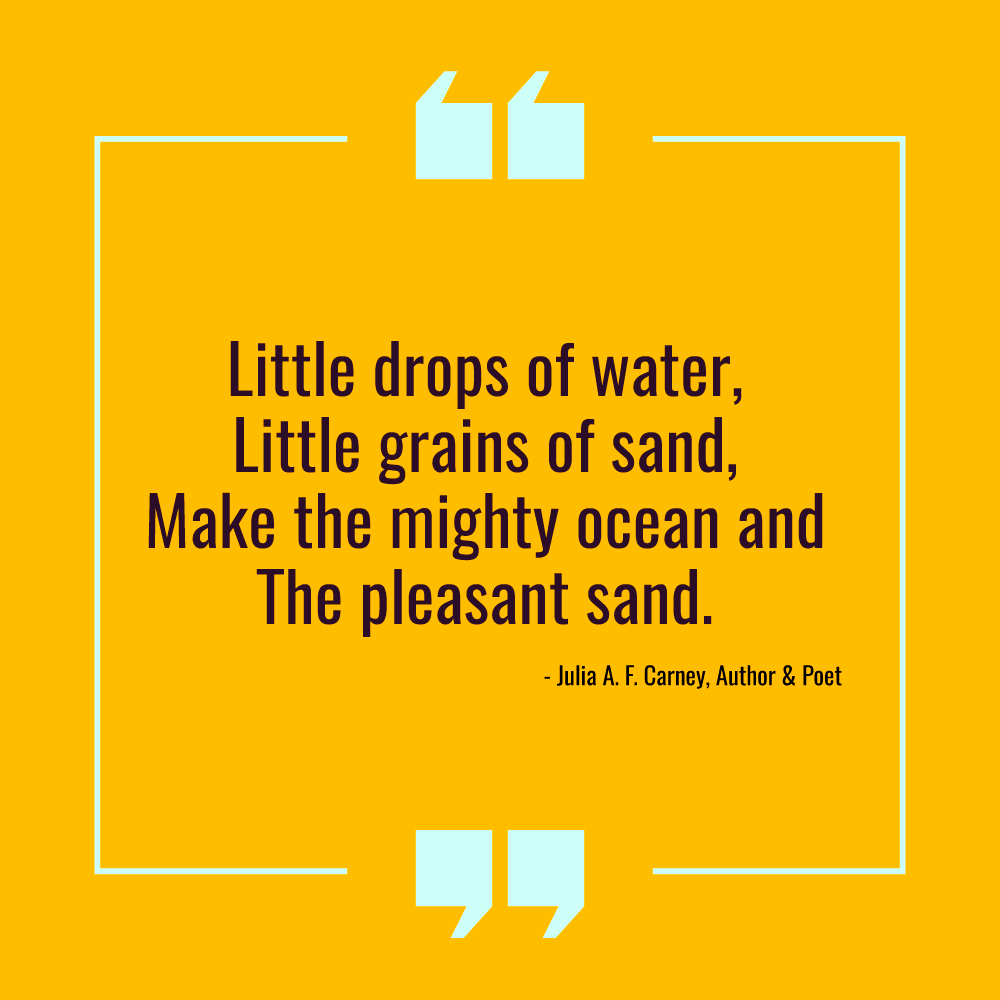
I’ll agree with this stanza because with little efforts, you see big changes. Someone has to start at some point after all. It is time to revise our “one-dimensional view of the world”, while journalist Nicola Kemp describes historic marketing in her article How Brands Must Embrace The New Positivity.
H&M – Rise Of The Unisex Fashion
Our new capsule unisex collection of on-trend #denim is finally here! https://t.co/pJFUzZFnQf #HM pic.twitter.com/bSy75sCa1c
— H&M (@hm) March 24, 2017
For years, there’s been a segregation in the fashion market of dedicating certain types of products for specific genders. This cranny philosophy is being bested by apparel brands that have been spreading the idea of gender-neutrality via their products and marketing.
In its 2017 campaign Denim United, H&M attempted to challenge norms and blur borders by not targeting “any specific gender identity” as reported by PRNewswire, and digital fashion editor Ana Colon.
Marybeth Schmitt, H&M spokesperson said “…fashion is constantly evolving and intersecting and today we see there are no boundaries in democratic style.”
Draper James – Styling The Curves
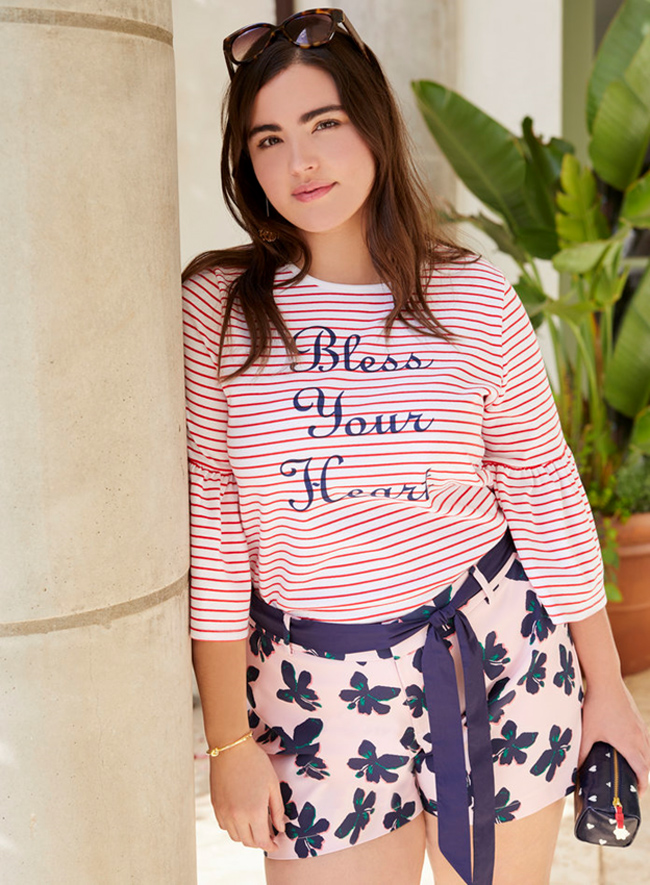
Image Source: Draper James
We’ve all seen fashion shows featuring skeletons rather than models! Oh, that typical, short phrase ‘thin is in’ isn’t flattering anymore. American actress and entrepreneur, Reese Witherspoon collaborated with plus-size women’s clothing brand Eloquii to create a series of thirty assorted designs to what senior commerce editor Brittany Nims says “celebrate fun and femininity through a mix of bold colors, bright prints and noteworthy details.”
In an interview with Glamour magazine, Witherspoon said “Nobody thinks about the emotional process that women go through when they try on clothes.” It is refreshing to see that role models are taking the responsibility to embrace diversity, and that they’re truly understanding the needs of different body types.
Elle – Diversifying Cultural Markets
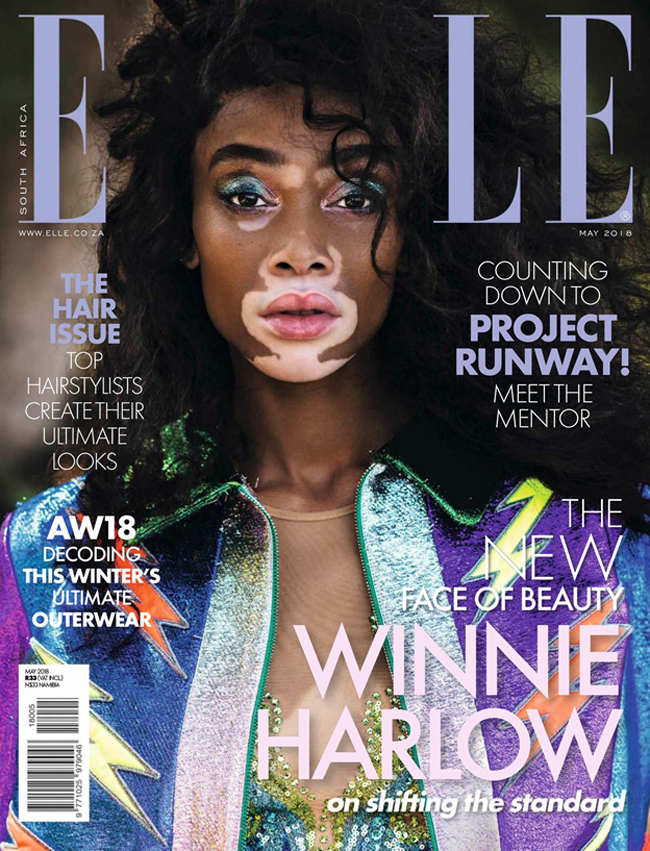
Image Source: m.ellearoundtheworld.com
When we talk about fashion and beauty, we can’t ignore established publishers. Magazines are brands that sell all sorts of information ranging from pure news to lifestyle tips. It has become a catalyst that connects an individual to different countries, cultures, and races.
Elle South Africa is crossing typecast boundaries by introducing colored individuals like Winnie Harlow in a refreshing lime-light, showcasing the vibrant fashion industry in Africa and how the constant reinvention of design is affecting global trends.
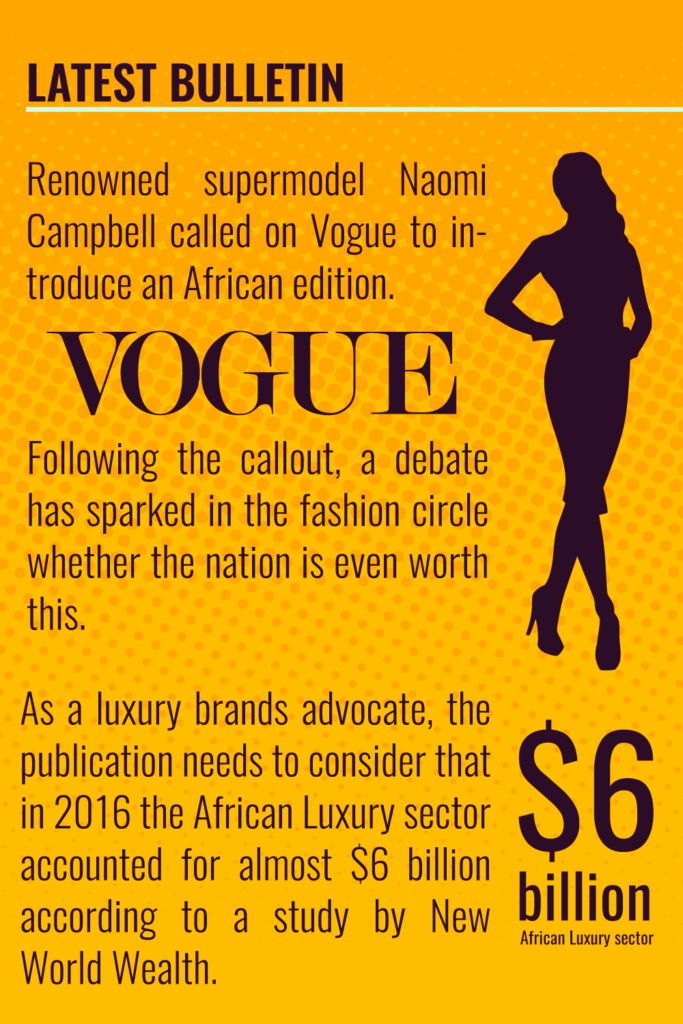
Fenty Beauty – More Than One Shade
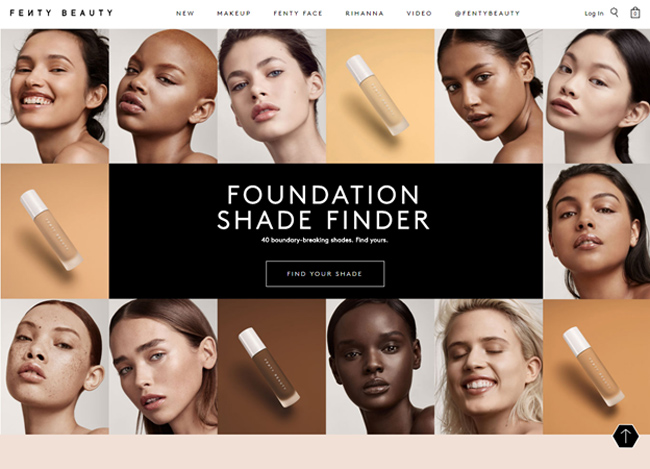
Image Source: fentybeauty.com
Some well-known beauty vloggers have complained about not finding the right shade of foundation for their skin. Barbadian actress and singer, Rihanna launched her make-up brand in 2017 that has been named among TIME’s 25 Best Inventions because not only is it good quality and affordable, but the forty shade foundation campaign was a great effort to embrace a diverse range of skin tones.
In this era of inclusivity, we can’t just have everything black and white. There are grey areas, there are the unique shades that don’t fit the cliché palettes. Rihanna’s marketing campaign received much appraise.
Beauty Brands Embracing More Than 1 Skin Tone
MAC Cosmetics – one of the first brands to offer a range of foundation and eye shades to various complexions. The MAC Studio Fix and other products from the brand are made to always give diversity high priority.
NARS – the brand is popular among makeup artists around the world. Its classic Creamy Concealer and Sheer Glow Foundation includes impressive swatches for most skin tones from the darkest to lightest.
L’Oréal Paris – the tagline “because you’re worth it” applies to everyone and promotes the idea of inclusivity. The brands aims to ensure that diversity becomes the heart of its marketing. Their foundation and concealer editions have twenty-seven and fourteen shades, respectively.
Ozcult – Don’t Fake Diversity
What usually happens is that a brand creates a need or a desire to attain a certain product, but in this process they forget that people have their own demands. You can’t force things on others thinking that they’ll change themselves for your brand (although many times they do). I think that’s absurd!
The founder Mei Shi feels that diversity “was a pure idea and its getting all muddled by corporate agendas”, and thus her online shop has a variety of lingerie aimed at different cults, cultures, body types and preferences. Each of her designs have a distinct identity. In her interview with Shi, LAmag author Andrea Alonso says, “Ozcult as whole feels like an exploration of endless facets and forms and forms of femininity—whether it’s cute, kinky, freaky, or frilly.” The feeling to find your perfect fit is empowering, right?
Lancôme – Devising the Flawless Shade
The only problem is that such ‘exclusive diversity’ comes at a hefty price. So while it is important to customize solutions for everyone, it is equally crucial for brands like such to work on product accessibility, availability and marketing.

Embed this Infographic on your site using the html below:

